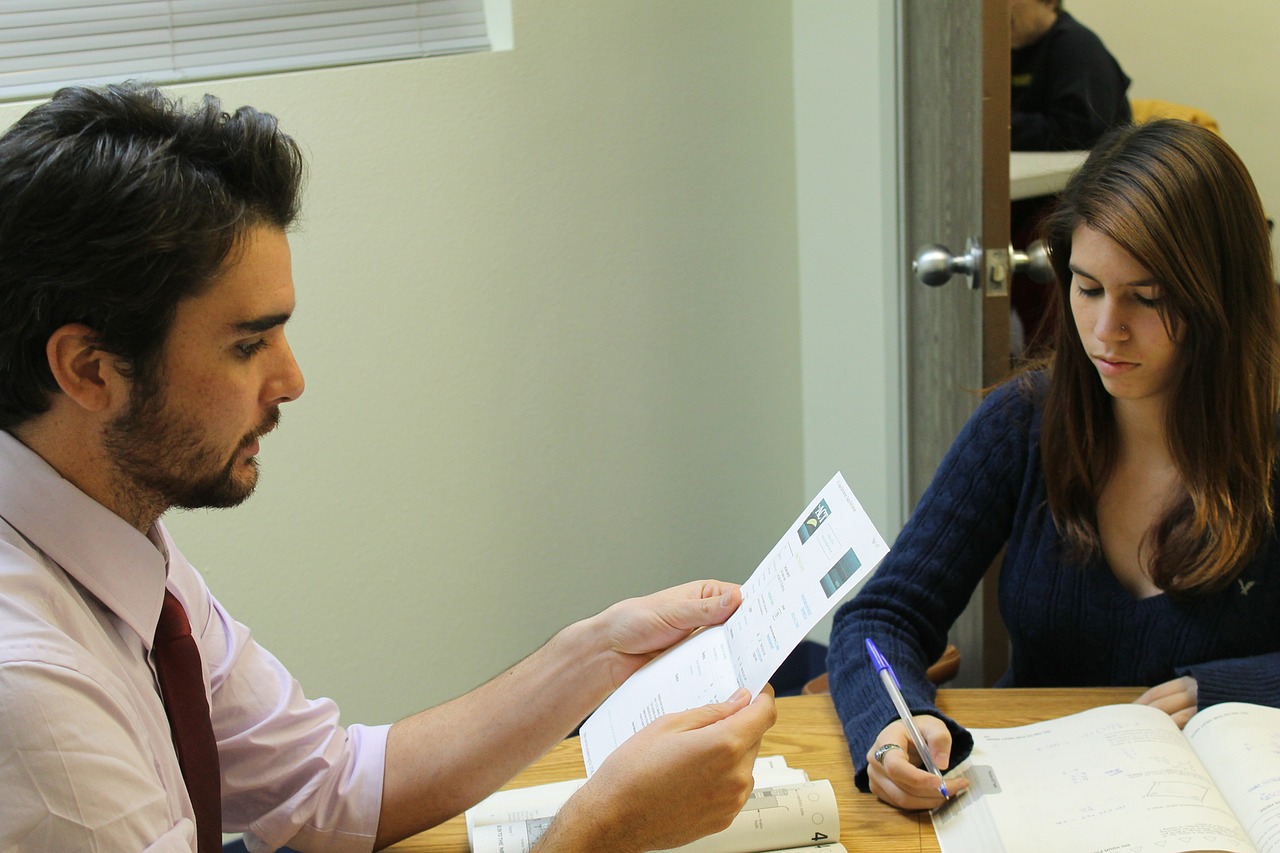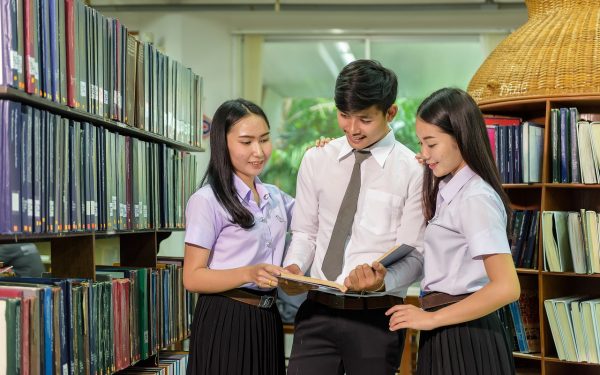COMMUNICATIVE LANGUAGE LEARNING

As an extension of the notional-functional syllabus, CLL also places great stress on helping students use the target language in a variety of contexts and places great emphasis on learning language functions. Unlike the Audio-Lingual Method (ALM), its primary focus is on helping learners create meaning instead of helping them develop perfectly grammatical structures or acquire native-like pronunciation. This means that successfully learning a foreign language is assessed in terms of how well learners have developed their communicative competence, which can loosely be defined as their ability to apply knowledge of both formal and sociolinguistic aspects of a language with adequate proficiency to communicate.
Under this broad umbrella definition, any teaching practice that helps students improve their communicative competence in an authentic context is deemed an acceptable and beneficial form of instruction. Thus, in the classroom CLL often takes the form of pair and group work requiring negotiation and cooperation between learners, fluency-based activities that encourage learners to develop their confidence, role-plays in which students practice and develop language functions, as well as judicious use of grammar and pronunciation focused activities.






